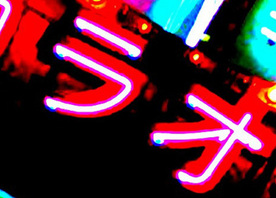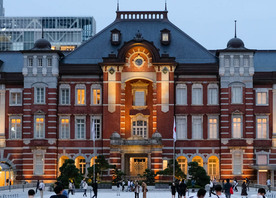It’s July and Japan's biggest and most famous traditional festival is here. Get ready for Gion Matsuri in Kyoto.

Intro
If you’ve ever dreamed of visiting Japan, July offers a unique reason to go - the world-famous Gion Matsuri festival, which takes place throughout the entire month in the beautiful city of Kyoto. Explore this historic and cultural destination as the streets fill with delicious local food, colourful parades of lanterns, and the mesmerising processions of traditional floats. The legendary Gion Matsuri in Kyoto is one of Japan’s most famous and long-running festivals, with origins dating back to 869. More than one million people visit the festival each year, solidifying it as a must-visit destination for many. With this in mind, we have put together the JRPass.com Ultimate Guide to Gion Matsuri, allowing you to experience the festival in the most authentic and memorable way possible.

What is Gion Matsuri?
Gion Matsuri is one of the three greatest festivals in Japan, with its origins tracing back to 869, when Kyoto was still the capital. Spanning the entire month of July, the most stunning feature of the event is the procession of Yamahokos on the 17th of July, followed by the second, smaller procession on the 24th. Despite its name, many of the main festivities of Gion Matsuri don’t actually take place in the Gion district of Kyoto; instead, they take place on the other side of the Kamo River. 
How many floats and which shrines can I see at Gion Matsuri?

What is the Mikoshi Procession at the Gion Matsuri?
Traditions at Gion Matsuri
Alongside the floats, the festival has also maintained its practice of choosing a young boy to ride atop the Naginata hoko, the first float of the parade. This boy is selected as a sacred messenger to the gods, first sitting on the float on July 13th and being unable to touch the ground until the parade ends on July 17th.

What are Yoiyama (Night Parties)?
Each of the two parades is preceded by three nights of celebration (14th, 15th, 16th - 21st, 22nd, 23rd), during which the general public can visit the floats, which are parked up in various locations throughout the city. The public can even enter some of the floats. 
On these nights, the streets are packed with various food and drink vendors, allowing visitors and locals alike the chance to try the stunning home dishes of Kyoto. Look for Kyoto-style okonomiyaki, yatsuhashi sweets, or locally made kakigori (shaved ice). Many stalls are run by families from Kyoto and only operate during festivals. You can also purchase chimaki (good luck charms). These good luck charms aren’t just souvenirs; they’re tied to specific floats and meant to ward off misfortune. Buying one directly from the float’s neighbourhood team supports local traditions and lets you engage with the community. Furthermore, if you want to truly soak up the Japanese festival traditions, many locals welcome tourists to wear Yukatas, which have become a hallmark in Japan’s festivities. For a truly local experience, rent one and learn the basics of how to wear it respectfully (e.g. left-over-right, and a pair of getas). Some even include small accessories, such as folding fans (sensu) or drawstring bags (kinchaku).
How to avoid the busiest crowds at Gion Matsuri

Bonus Recommendations
You’ll find lots more on Japan’s traditional festivals on the JR Pass blog. Here are a few suggestions for further reading as well as some extra advice:
· For more on festivals, read our guide to the Best Japanese Festivals to Visit.
· July in Japan can be hot and humid. Be sure to drink plenty of water and dress accordingly. If you’re unsure what season is best for you then try our comprehensive month-by-month guide to the weather and temperatures across Japan read our Guide to Japan’s Weather and Seasons.
· Each of Japan’s seasons is different based on the location within the country. For this reason alone, it pays to rent your own Pocket Wifi to stay connected as you travel and explore Japan, keeping you abreast of the forecast and local conditions in any part of the country.
· For more on traditional Japanese celebrations read our guide to Golden Week in Japan and How Japan Celebrates New Year.
· Need a helping hand on arrival? Our dedicated Meet and Greet Service is like having a personal assistant for your holiday who happens to be an expert on Japan. We’ll take care of you from the moment you arrive in Japan.




